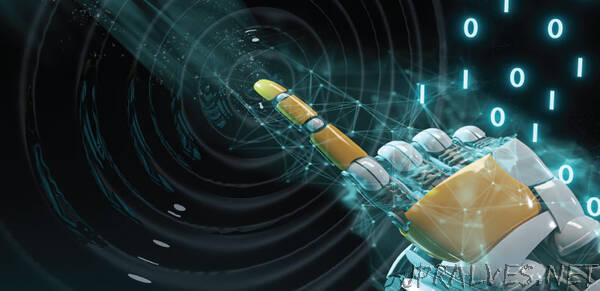
“In-memory sensing technology will facilitate electronic systems that are faster, smaller and consume less energy.
Smart systems and environments of the future will require merging analog sensing and digital memory functions into single electronic components, suggests KAUST computing engineer Nazek El-Atab. “In-memory sensing,” as the infant technology is called, will use integrated “MemSor” devices that are directly programed by the intensity of external stimulus acting on them, achieving dramatic improvements in speed, miniaturization and energy consumption.
“We are introducing a new concept,” explains El-Atab, lead author of the paper. “Over the coming months, we want to publish original research to present our results in the field.”
To create faster devices, component engineers have, until recent years, simply crammed more transistors onto the chips they design. With this strategy now reaching its physical limits, they have been developing more streamlined computer architectures. In-memory computing, for example, merges memory and processing functions to avoid the time-consuming process (in computer terms at least) of bussing data back and forth between separate RAM and CPU components, as per traditional “von Neumann architecture.” Companies now developing it commercially include Google, Facebook and Microsoft.
MemSors continue this trend by merging three functions: analogue sensing, analog-to-digital conversion and digital data storage. By doing so they promise to speed up the process of receiving and recording external stimuli by a thousand times or more. Researchers in China, Singapore and South Korea have already demonstrated how different digital memory formats can be directly programmed by the intensity, wavelength and duration of light they are exposed to. Once recorded, the data can be quickly erased by the passage of an electric current, so the cycle can begin again.
Moving beyond optical input, El-Atab foresees nanomaterials being used to develop MemSors for pressure, specified gases or biological matter, temperature and other stimuli. She also anticipates technology that can manufacture any MemSor, or indeed entire computing units, as a seamless “3D monolith,” achieving a much higher integration density than a planar system-on-chip.
References
El-Atab, N. MemSor: Emergence of the In-memory sensing technology for the digital transformation. Physica Status Solidi A, 2100528 (2022).”
